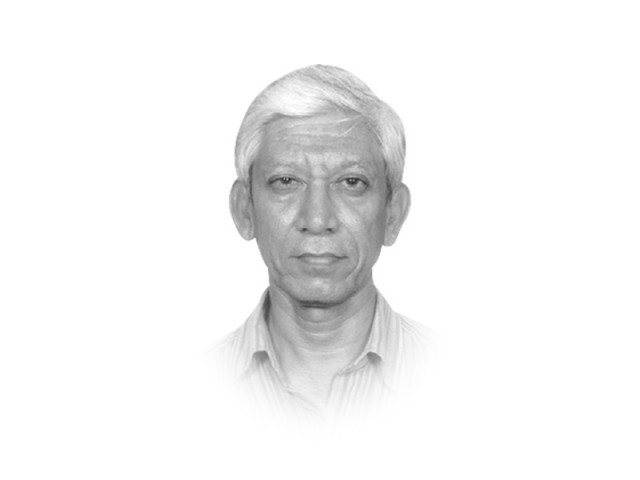Personal accounts of 1971
Declaring Urdu as national language was victory of united UP & Punjab elite over other groups mainly the Bengal elite.

Personal accounts of 1971
Powerful Shurafa groups from Bengal, UP (supported by Bihar, Central Provinces and so on) and Punjab (lined up with the NWFP — now called Khyber-Pakhtunkhwa — and Sindh) had been jostling for power and clout within the leadership of the Muslim League (as in the Muslim political and social domain elsewhere in the northern subcontinent). This tussle was expressed not only in the nominations on key positions in the party, but also in public pronouncements about, for example, which language would be adopted as the ‘official’ language of the expected new state. As we know, UP and Punjab came out as clear winners in this manoeuvring for power and it was due to the relative political power of these two united groups in the Muslim League that Urdu was declared to be the dominant language in the face of fierce opposition from Bengal. Jinnah, coming from the western province of Gujarat and also being excessively anglicised, was agreed upon by these competing groups as a neutral arbiter. (After the Partition, as we all know only too well, he was to announce in Dhaka that Urdu and only Urdu would be Pakistan’s ‘national’ language, triggering protests which would be violently suppressed.) Bengal’s relative position within the Muslim League weakened further due to the decision to give Calcutta to India as a result of political negotiations between the Muslim League and the Congress.
We can see, with the benefit of hindsight, that the decision of declaring Urdu as the single Muslim League-supported (and later as the single state-supported) language had more political reasons than those related to linguistic, governance, educational or other considerations. In brief, this was the expression of the victory of the united elite of UP and Punjab over other groups, mainly the one representing the elite of Bengal. (It is another matter that in the initial years after the founding of the new state, these two powerful groups developed tensions with each other and a new bickering began which, in one way or another, still continues.) Given the multi-linguistic and multicultural milieu of what became Pakistan in 1947 (and what remains of it after 1971), this insistence on a ‘single’ language was unfortunate because on the one hand it gave a clear indication that the new state would have no patience with ‘regional cultures’ or ‘sub-cultures’ and, on the other, it encouraged a misplaced sense of political superiority among those who were born into the dominant culture or grew up in an ‘Urdu environment’, so to speak. All the groups using other languages and living other cultures were required to acknowledge and submit to this supremacy. Bengal had developed a powerful expression of its distinct language and culture during the colonial era and it was naïve to expect the Bengalis to accept this unreasonable demand in a state where they found themselves constituting a numerical majority. However, a few communities — ‘community’ here meaning a collection of biradaris — representing other languages and ‘subcultures’, felt themselves politically weaker than the group dominating the establishment of the new state. They found it pragmatic to accept this demand and carve out a place for themselves in the newly-founded state.
I got a chance to look into the mind of an observer belonging to one such community when, during one of my Sunday morning strolls in the second-hand book bazaar near Regal Chowk, I discovered and bought an Urdu book with a twin title — Bilwani ka Andaz-e Bayan and Main ne Dekha Suqoot-e Dhaka — by Mohammad Siddiq Bilwani. The latter title refers to a longer piece placed near the end of the volume comprising assorted writings — essays, articles, letters to newspaper editors — by the author who by profession is a noteworthy businessman, based in Karachi. That he writes only as a hobby is clear from the fact that the book is officially priced at Rs0. (The expenses of publishing the book have apparently been met through the several four-colour advertisements included in the volume.) Hailing from the Muslim princely state of Bantva-Manavadar situated in Gujarat, Bilwani migrated with the better part of his biradari to Karachi after 1947. As his Guajarati-speaking Memon family ran businesses in places as far south as Kochin and Mysore, it continued its tradition of starting new businesses in various towns of West and East Pakistan. His personal account of the events of 1971, seen in the perspective of what happened around and after 1947, is therefore worth exploring in our quest to know what brought the mindset into being which made it possible for the rulers of this country to formulate and pursue the disastrous policies that they did. That is what I intend to do in the next column.
Published in The Express Tribune, December 10th, 2011.















COMMENTS
Comments are moderated and generally will be posted if they are on-topic and not abusive.
For more information, please see our Comments FAQ